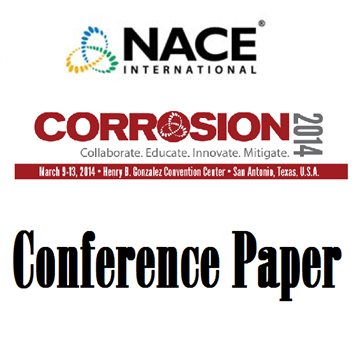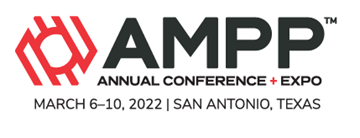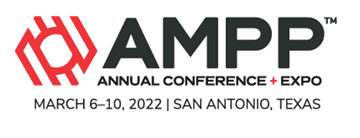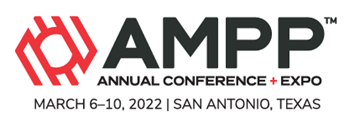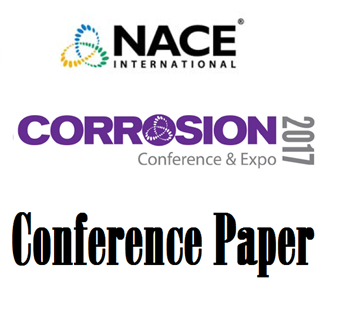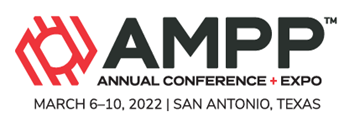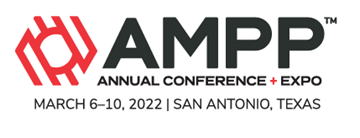Search
Coatings and Linings
View as
Sort by
Display
per page
EXPECTED SERVICE LIFE AND COST CONSIDERATIONS FOR MAINTENANCE AND NEW CONSTRUCTION PROTECTIVE COATIN
Product Number:
51314-4088-SG
ISBN:
4088 2014 CP
Publication Date:
2014
$0.00
Expected Service Life And Cost Considerations For Maintenance And New Construction Protective Coating Work
Product Number:
51322-17616-SG
Publication Date:
2022
$20.00
Exploring The Truth About Aluminium Flakes As Pigments In Corrosion Protective Coatings
Product Number:
51322-18194-SG
Publication Date:
2022
$20.00
Extending Asset Lifecycle With Inspections And Maintenance
Product Number:
51322-18143-SG
Publication Date:
2022
$20.00
Extending the Life of an Ageing Forty Two Years Old Offshore Wet Crude Pipeline
Product Number:
51322-17532-SG
Publication Date:
2022
$20.00
Extent of Cathodic Reaction on Epoxy Coated Rebar with Partially Disbonded Coating
Product Number:
51317--9469-SG
ISBN:
9469 2017 CP
Publication Date:
2017
$20.00
External Stress Corrosion Cracking Of In-Situ Carbon Steel Pipelines
Product Number:
51322-17682-SG
Publication Date:
2022
$20.00
Factors In Galvanic Corrosion Between Steel And Iron Sulfides In Acidic Solutions
Product Number:
51322-17827-SG
Publication Date:
2022
$20.00
Factors Influencing Early Crack Development in Marine Cargo and ballast Tank Coatings
Product Number:
41206-265-SG
Publication Date:
2006
$20.00
Factors Influencing the Stay-Clean Properties and Service Life of New Fluoropolymer Coatings
Product Number:
41212-721-SG
Publication Date:
2012
$20.00
Failure Analysis Of 4-Inch Welded Fittings In Treated LPG Service
Product Number:
51322-17850-SG
Publication Date:
2022
$20.00
Failure Analysis Of Hydrotested 12-Inch Type 304 SS Pipe Sections
Product Number:
51322-17852-SG
Publication Date:
2022
$20.00

